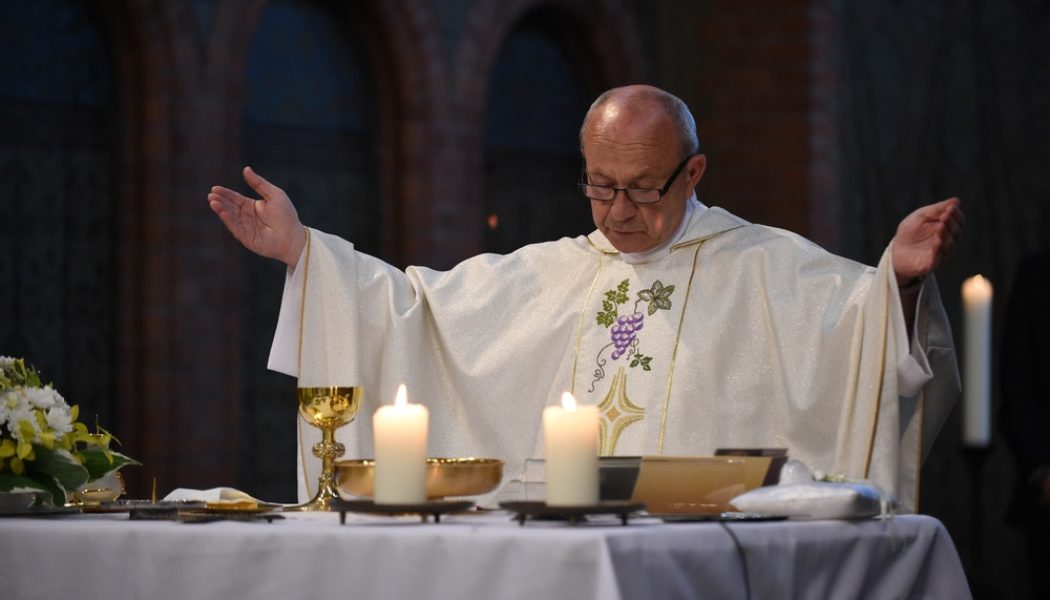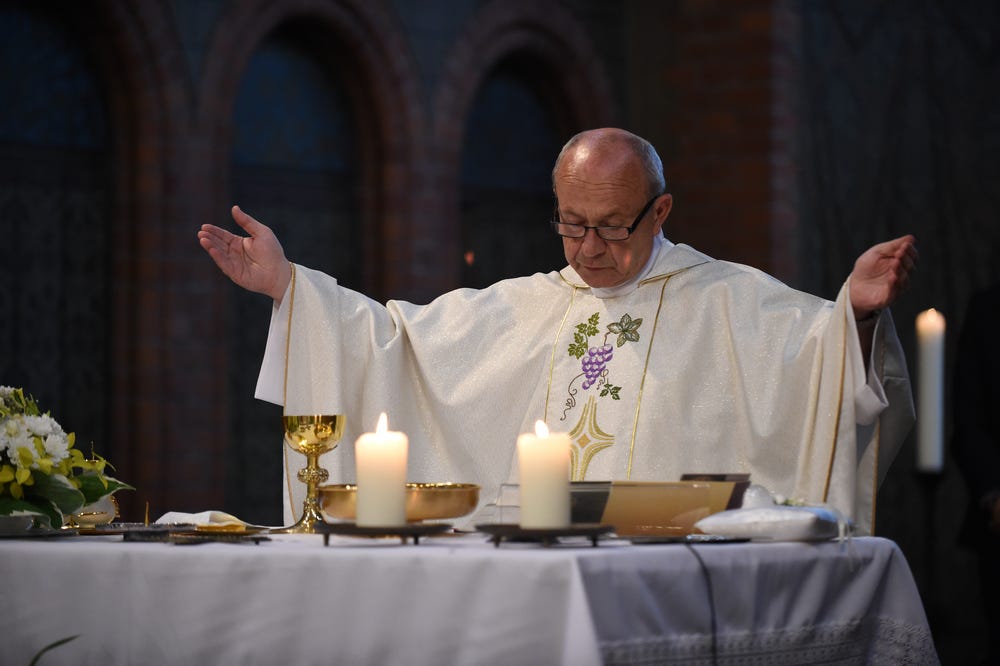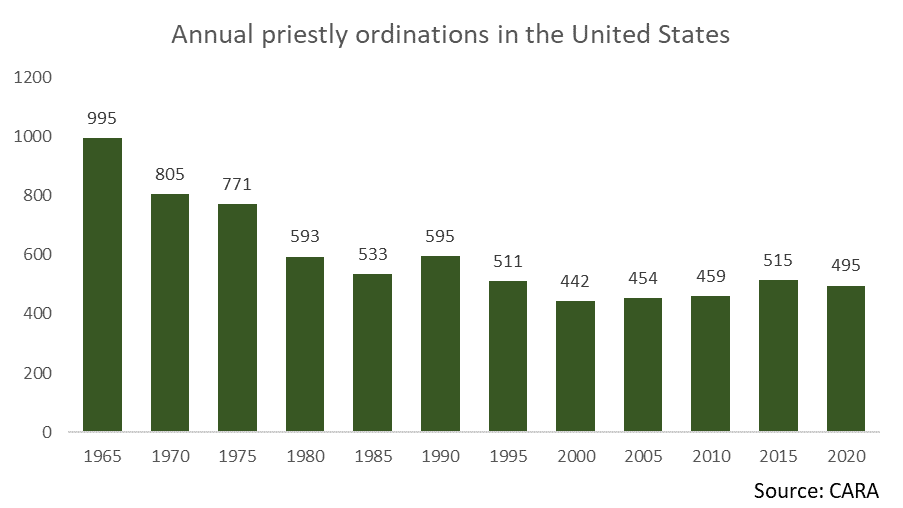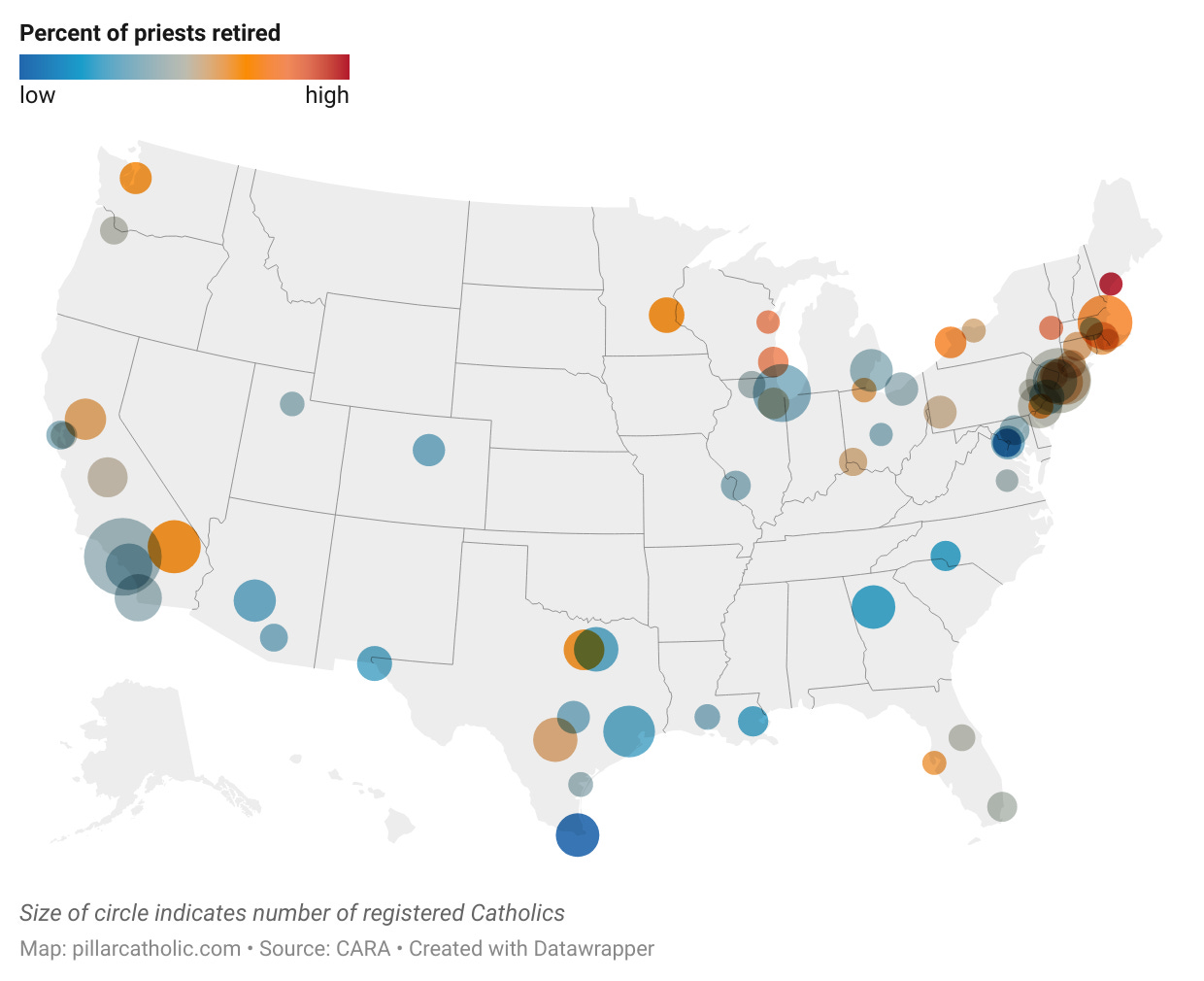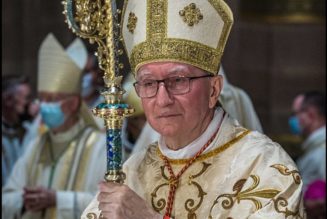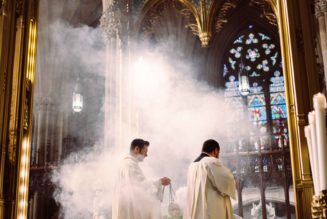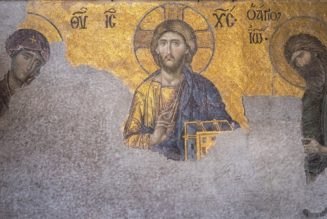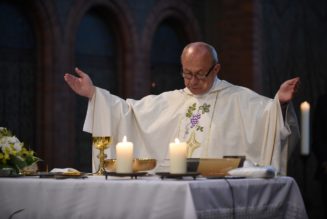With more than one-third of priests in the United States already retired, priest retirements are expected to outpace ordinations in most U.S. dioceses for several years to come.
While the number of retired and retiring priests mirrors the trend of retiring Baby Boomers across the American workforce, clergy retirements represent a significant challenge in the Church — financially, and in terms of the distribution and allocation of resources.
There were 24,653 diocesan Catholic priests in the United States in 2020, according to data compiled by CARA, the Center for Applied Research in the Apostolate. More than one-third of those priests was retired, and the share of American priests who are retired has more than doubled since 1980.
In nine American dioceses, more than 50% of diocesan priests are retired.
It’s not surprising for any segment of the U.S. population to see a changing ratio of retirees to workers.
In 1965, there were four U.S. workers paying into Social Security for every person receiving benefits, while today there are only 2.7 workers for every retiree, according to data from the Social Security Administration.
But the change has been much more dramatic among priests. In 1965 there were 21.2 active diocesan priests for every one who was retired. Today, there are only 1.9.
The Demographics of Retirement
Two factors have caused the increase in the ratio of retirees to workers in the United States as a whole: a decrease in the rate of population growth and an increase in the average life expectancy.
In 1900 there were fewer than 2.7 million people born in the U.S., while the 1950s averaged more than 4 million births per year. As a result, the number of Americans retiring in the 1960s and 1970s was much lower than the number in the workforce. But as the baby boom generation enters retirement, it will be supported by a smaller number of workers in the workforce.
The effect is compounded by the increasing life expectancy enjoyed by modern generations. An American worker born in 1900 could expect to live another 13 years, for men, or 18 years, for women, after retiring at age 65.
Today, because of advances in medicine and better access to healthcare, someone retiring at age 65 can expect to live 17 to 20 years more.
Priests have experienced a similar but more extreme generational shift.
In 1965 nearly 1,000 men were ordained priests in the U.S — the 1960s enjoyed a kind of boom in priestly ordinations. But since 1980, annual ordinations have averaged 511— a drop of nearly 50%.
That drop means that the number of priests who retire each year, usually after 40 or 50 years in active ministry, is much higher than the number of priests ordained.
For example, the 995 men ordained priests in 1965 might, on average, have retired in 2015, a year in which only 515 men were ordained.
Life expectancy has had an impact on the number of retired priests as well.
Priests often remain in active ministry until they are 70 or 75 years old. In 1970, a 70-year-old man could expect, on average, to live another 10.5 years. Today, he could expect to live another 13.7 years.
Between the larger number of priests ordained in the 1960s and 1970s and longer life expectancies, the Church can expect the ratio of retired to active priests to remain high for another 15 or 20 years, before stabilizing at a more modest ratio when the priests ordained in the 1980s and 1990s begin reaching retirement age.
The Geography of Retirement
As the American Catholic population has moved south and west in recent decades, and as it has concentrated into larger metropolitan areas, urban dioceses in the South and West have seen a larger share of vocations — and a smaller share of their presbyterates are retired.
At the same time, historically Catholic regions in the Northeast and Midwest have found themselves with shrinking Catholic populations and large numbers of retired priests.
Among dioceses with at least 250,000 registered Catholics in 2020, The Pillar looked at the 12 with the largest and smallest percentages of retired priests.
All dioceses with the lowest percentages of retired priests were in the South. Those dioceses had experienced growth in the number of registered Catholics over the last 20 years, and four out of six had seen an increase in their total number of priests during the same 20 years.
The dioceses with the highest percentages of retired priests were all in the Midwest or Northeast. All of them had experienced a decrease in the number of registered Catholics since 2000, and all of them had seen their total number of diocesan priests decline by more than 30% over that same period.
The Archdiocese of Atlanta is a good example of the growth trend some dioceses have experienced.
The Atlanta metropolitan area is the ninth largest by population in the US. It has grown rapidly in the last 20 years, and is now 12% Hispanic.
Since 2000, the number of registered Catholics in the Atlanta archdiocese has increased from 250,000 to more than 1 million. The number of retired priests has increased from 8 to 42 over the last 20 years, but despite those retirements, the number of active diocesan priests has increased from 127 to 135.
The Archdiocese of Boston covers a metropolitan region which ranks just below that of Atlanta in population, the tenth largest in the country, although it is growing at only half the rate of Atlanta.
Boston was historically a very heavily Catholic city. But secularization and the influx of new residents from less Catholic parts of the country has resulted in a Catholic population which has shrunken, even as the total population has grown.
Boston’s total number of retired priests has actually decreased since 2000, from 312 to 279. But the number of active diocesan priests has dropped even more, from 560 in 2000 to 283 in 2020, putting the percentage of Boston priests who are retired at 47%.
Click here to see an interactive version of this clergy retirement map in the 70 largest U.S. dioceses.
Supporting Retired Priests
The challenge of providing for the needs of retired priests is particularly acute in some dioceses.
There is not a single model for diocesan priest retirement programs.
The age of clergy retirement varies by diocese, but many priests continue in active ministry until they are 70 or 75 years old. Each diocese is responsible for maintaining its own pension and medical care programs to provide for the needs of diocesan priests, while religious orders maintain separate programs for religious priests.
Some dioceses take a pay-as-you-go approach, distributing funds to support their obligations to retired priests as they are needed, without maintaining a dedicated fund or trust to provide for those benefits.
But most dioceses maintain a pension fund or trust designed to cover the actuarial cost of meeting future pension obligations. The actuarial cost is the projected total cost to provide each priest with his full pension benefits based on the average life expectancy of men his age.
A priest pension plan is considered “fully funded” if, given the average rate of return on the investments in the plan, it already contains enough money to meet all projected benefit costs.
The clergy pension plans in most U.S. dioceses are not fully funded.
A pension plan which is not fully funded is not necessarily in danger of failing to provide for the priests it benefits, so long as it has enough assets to cover near-term expenses, and so long as the diocese is continuing to contribute amounts larger than its annual expenses. But over time, those annual expenses will grow.
The Pillar examined the financial statements of six large dioceses with the largest percentages of retired priests. Two had fully funded pension plans, and two had partially funded plans which appeared to have sufficient funds for the near future. Two dioceses appeared to take a pay-as-you-go approach to meeting pension costs.
The partially funded and “pay-as-you” dioceses will need to plan carefully to meet their obligations in the future.
While no diocese is likely to leave its retired priests in penury, dioceses which have not prepaid on their plans will probably find that a greater share of revenue must be allocated annually to funding pension costs — especially if ongoing institutional disaffiliation means that revenues will shrink.
The challenge, of course, will not last forever. As dioceses weather the challenges of the growing retirement boom, the ratio of retired to active priests will eventually stabilize, since the annual number of ordinations has been fairly steady for the last 30 years.
Join Our Telegram Group : Salvation & Prosperity
